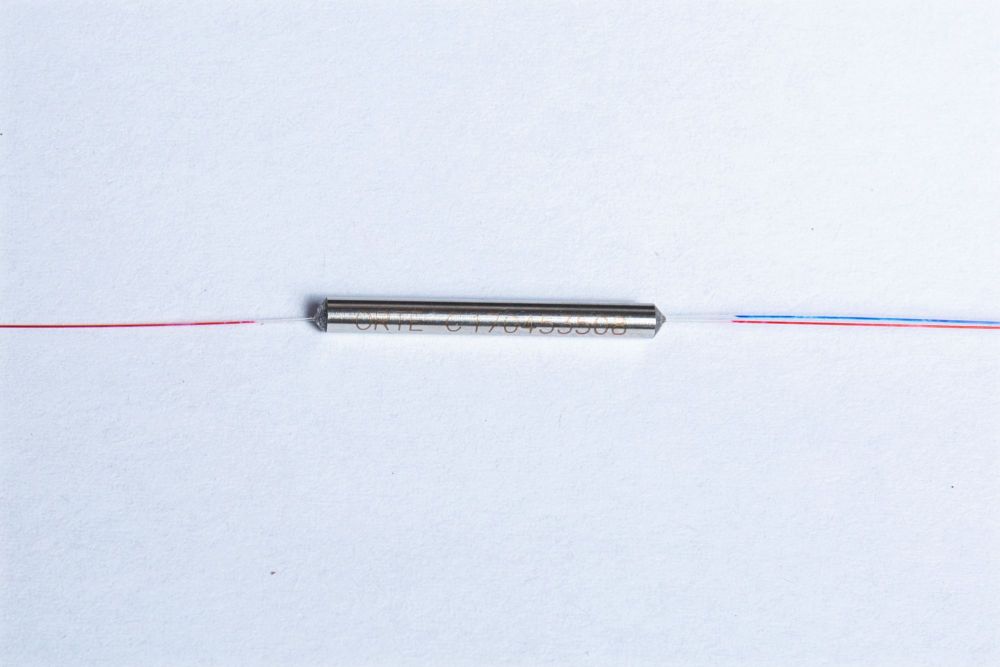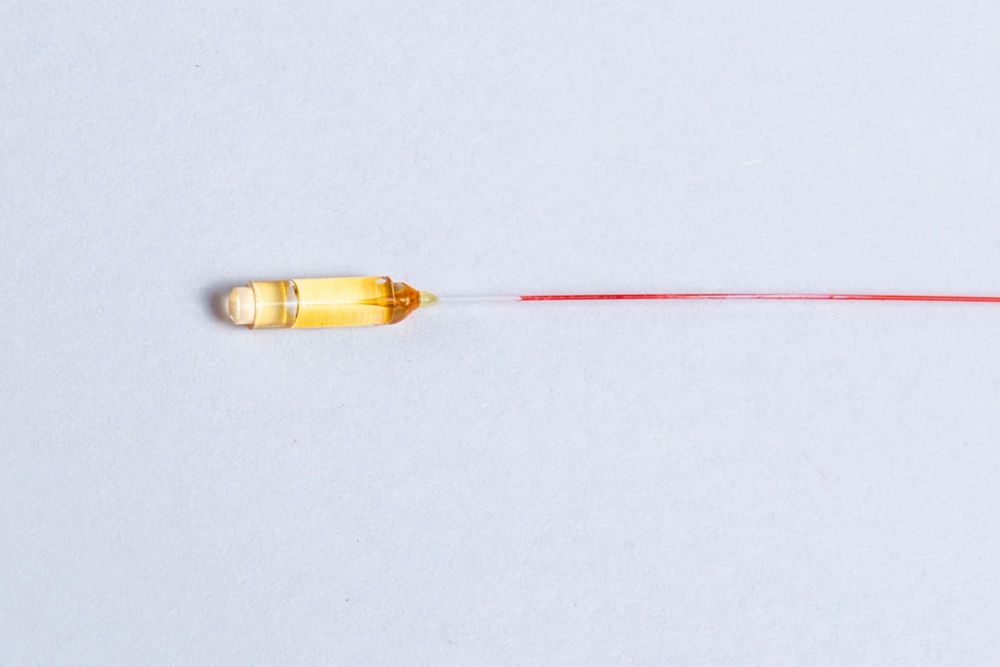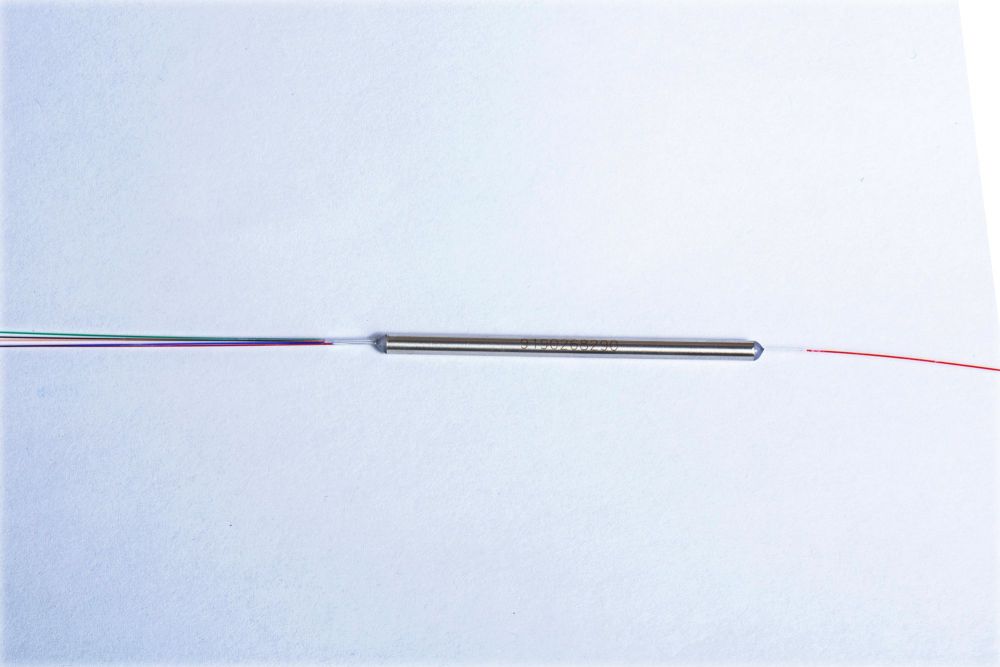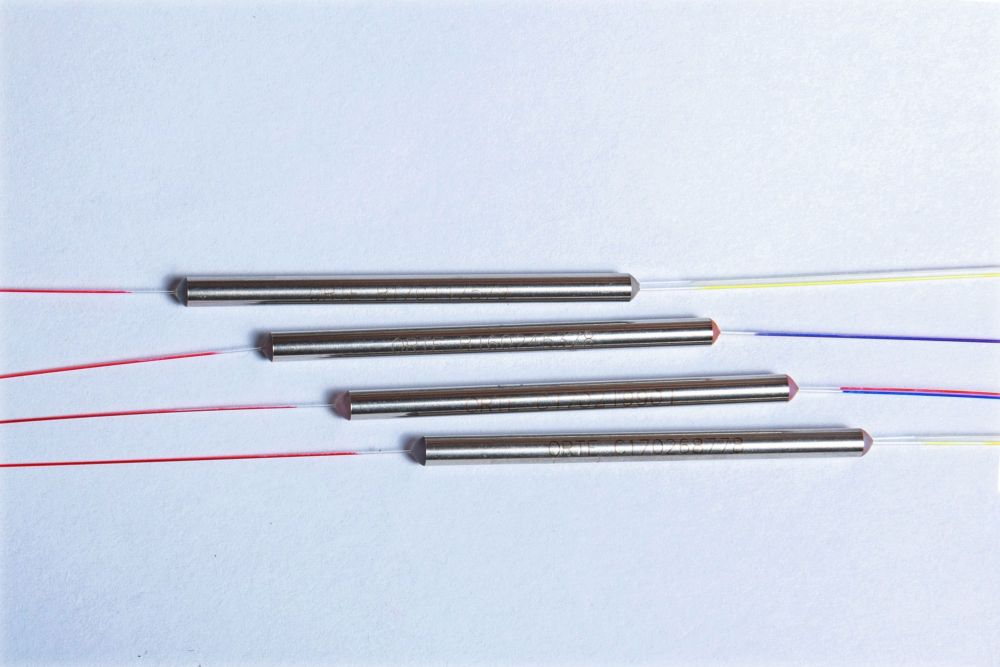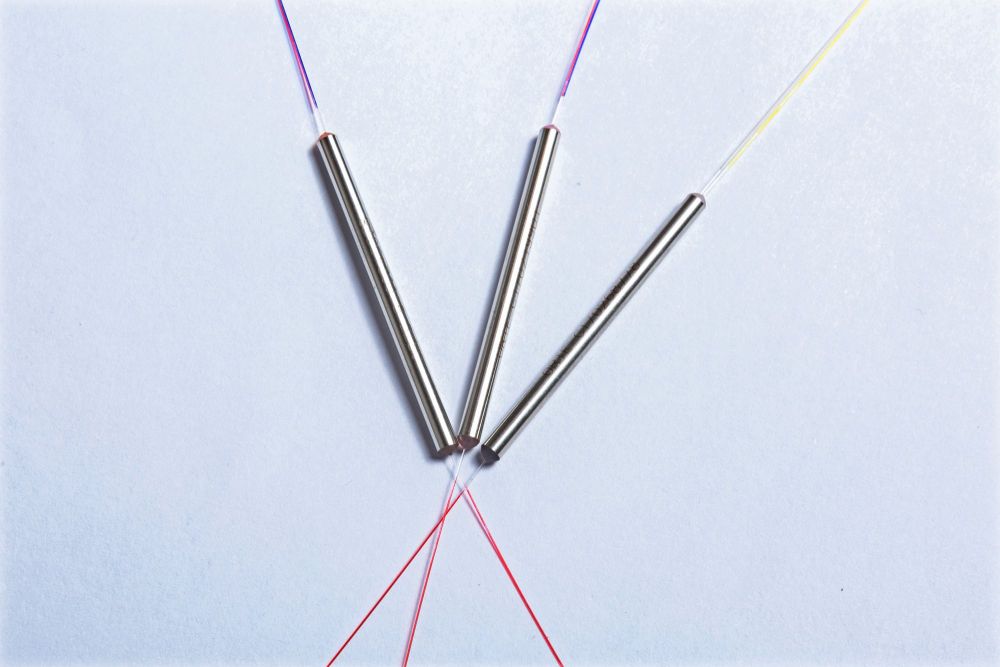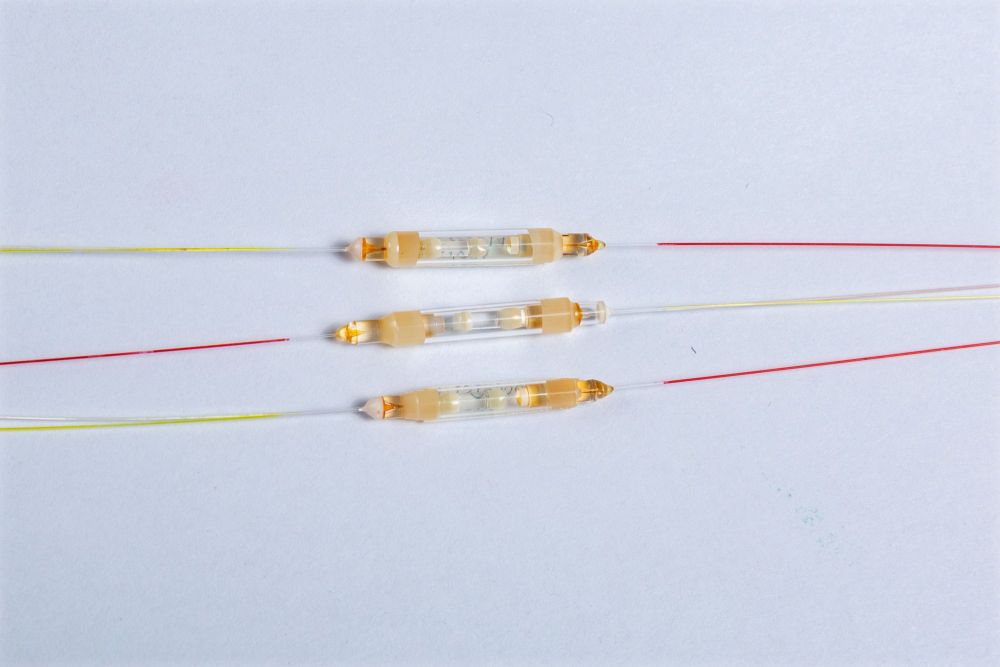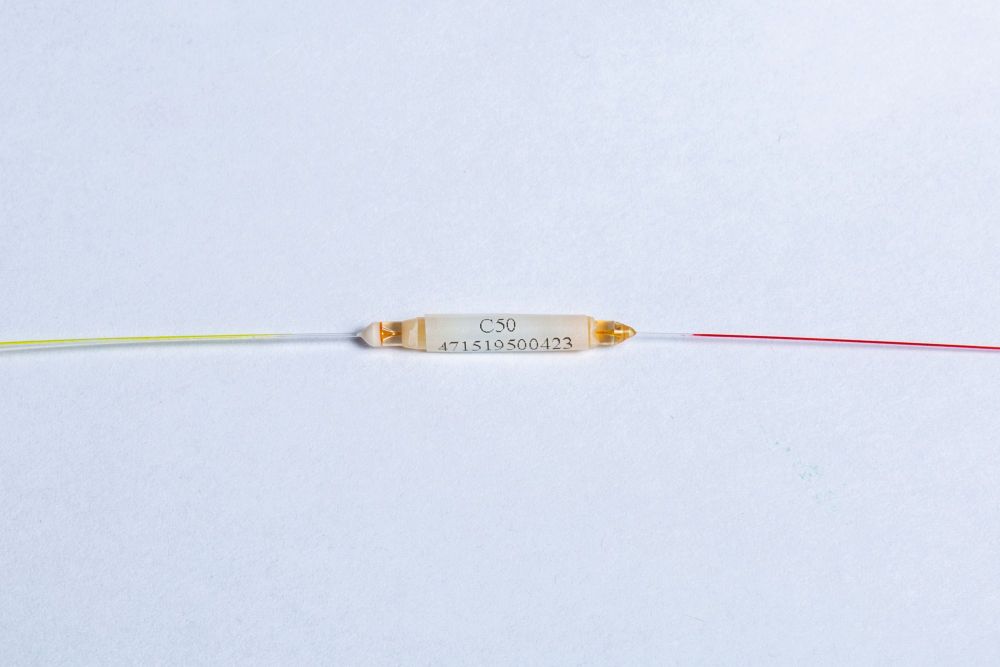Ⅰ. What is VCSEL?
The Vertical-Cavity Surface-Emitting Laser (VCSEL, or Vertical-Cavity Surface-Emitting Laser) is a semiconductor whose laser is emitted perpendicular to the top surface. It differs from an edge-fired laser, which emits the laser from the edge.
VCSEL is a breakthrough light emitting device in optical communications, as well as a new form of optoelectronic technology with enormous development prospects. The edge emitting laser emits in a direction parallel to the substrate's surface and perpendicular to the cleavage surface, whereas the surface emitting laser emits in a direction perpendicular to the substrate's surface, as indicated in the accompanying figure:

Its advantages over edge-emitting lasers include: easy two-dimensional planar and optoelectronic integration; circular beams are easy to achieve effective coupling with optical fibers; and circular beams are easy to achieve effective coupling with optical fibers. It is possible to create high-speed modulation, which can be used in long-distance, high-speed optical fiber communication systems. active The area size is extremely small, allowing for high packaging density and low threshold current; no cleavage is required after chip growth, allowing for on-chip tests; it operates in a single longitudinal mode over a large temperature and current range; and it is inexpensive.
The outstanding performance of VCSEL has sparked considerable alarm and has turned it into a global research hotspot. VCSELs have advanced significantly in structure, materials, wavelength, and application domains over the last ten years, and several devices have hit the market.
Ⅱ. VCSEL Basic Structure
The structure of VCSEL is depicted in the graphic below. It is made up of distributed Bragg reflectors (DBR) that are developed alternately with high and low refractive index dielectric materials to form continuous growth of single or multiple quantum well active regions. In order to get the highest stimulated radiation efficiency and enter the oscillating field, 35 quantum wells are typically arranged towards the maximum of the standing wave field. The laser beam is output from the transparent window on the top, and a metal layer is coated on the bottom to improve the optical feedback of the DBR below.
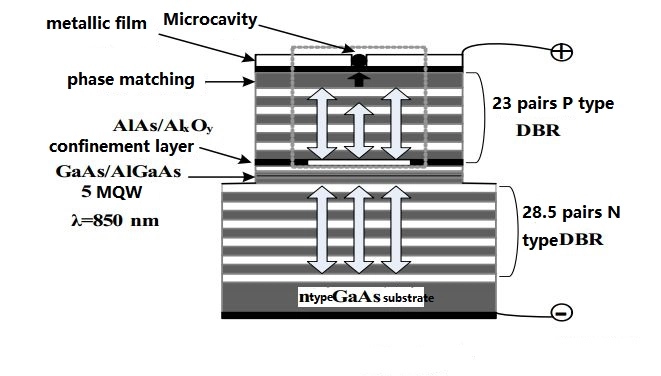
To be continued...
Welcome to have search our link of orte-photonics Vcsel:
https://www.orte-photonics88.com/product/8pin-mini-980nm-pump-laser-low-noise-low-power-for-edfa

